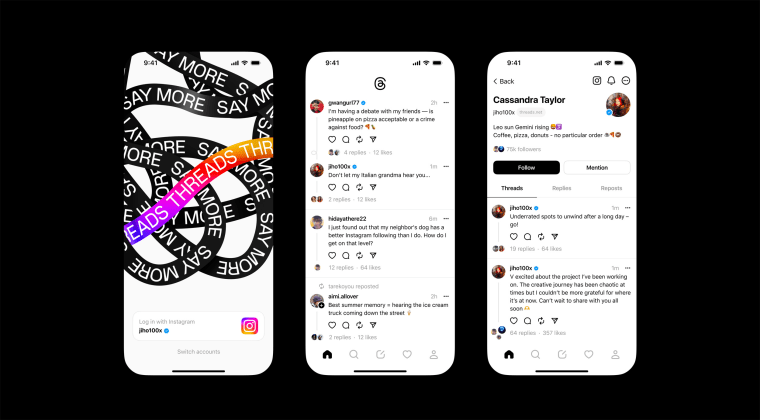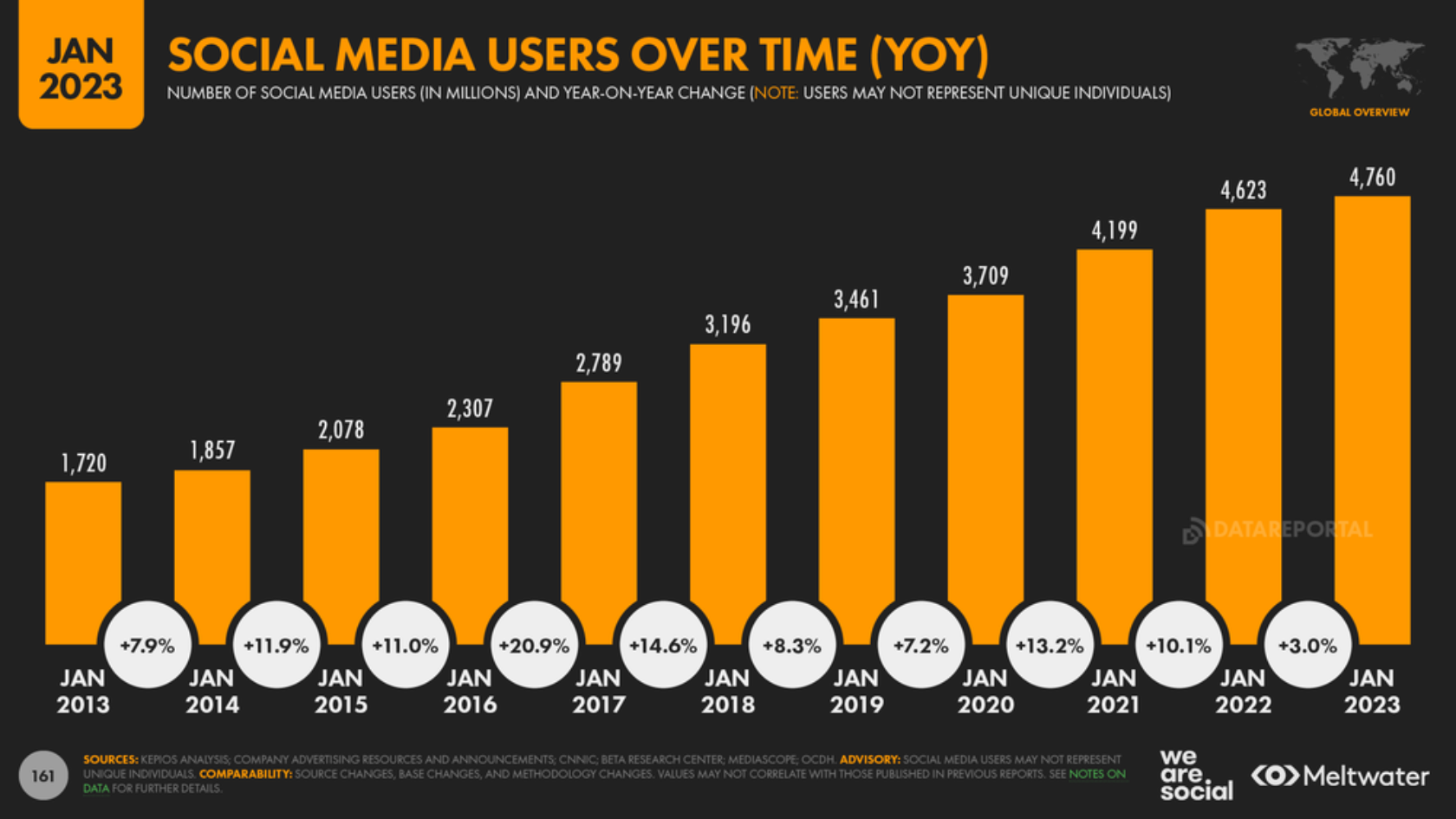A Deep Dive Into Instagram Threads: Meta’s Latest Revolution
Today’s focus point is Meta’s newest platform innovation – Instagram Threads. With digital landscapes perpetually changing and evolving, advancing with these shifts is more crucial than ever. Now, let’s dive into this new platform and how it could shape the future of social media and digital marketing.
What is Instagram Threads?
Meta Platforms, formerly Facebook Inc, has recently launched an Instagram Threads application, an innovative platform designed to rival the popular social networking service Twitter. Instagram Threads hit the app store on July 4, 2023, as a significant addition to the existing family of Meta’s products.
Instagram Threads is a standalone app, not just another feature within the conventional Instagram app. It offers a Twitter-like experience, enabling users to follow conversations in threaded replies. Threads are public and can be followed by anyone on the app, allowing users to respond directly.
The launch of Instagram Threads is a landmark move, positioning Meta to compete with Twitter in social media. This app aims to help users navigate numerous conversations, follow topics of interest, and engage with broader communities.
Twitter’s New Competition
Twitter emerged in 2006 as a microblogging platform, rapidly gaining popularity due to its concise format of 280-character messages, known as tweets. It became a go-to platform for sharing news, opinions and engaging in public conversations. Twitter grew exponentially, attracting millions of users worldwide. In recent years, there has been a significant exodus of users from Twitter, with many opting to leave the platform for various reasons.
One of the main reasons for users leaving Twitter is the issue of toxic and abusive behavior. Twitter has long been under fire for its inability to address harassment, hate speech, and online abuse effectively. Another factor contributing to Twitter’s user departure is the spread of misinformation and the proliferation of echo chambers. The platform’s fast-paced and real-time nature makes it susceptible to the rapid spread of rumors, fake news, and propaganda.
Instagram Threads offers a more immersive and personalized social media experience than Twitter. With its emphasis on communities, diverse content formats, algorithmic curation, privacy controls, and foray into virtual reality, Meta Threads aims to redefine how users connect, share, and engage with each other digitally.
How Can Instagram Threads Impact Digital Marketing?
The arrival of Instagram Threads is an exciting development for digital marketing. Brands, influencers, and marketers will have a new platform to engage their audience and prospective customers more interactively and meaningfully.
- Enhanced Customer Engagement
Digital marketing revolves around customer engagement. Instagram Threads make it easier to follow conversations and participate in them. Brands can post threads about new product launches, events, or relevant topics and gain customer insights.
- Content Sharing and Visibility
With Instagram Threads, content visibility could skyrocket. Given its public nature, a well-crafted thread could reach your followers and those who follow the conversation. Its visibility allows for an expanded audience reach, which every digital marketer values.
- Improved Customer Service
Instagram Threads could also revolutionize the way brands handle customer service. For instance, brands could post a thread about a new product, and then customers can ask questions or voice concerns within the thread. This can offer a more structured approach to customer queries and complaints, enhancing the overall customer service experience.
- Niche Marketing
Since users on Instagram Threads can follow conversations about specific topics, it provides an excellent opportunity for niche marketing. Brands can leverage this feature to target a more defined audience by creating threads around relevant niche topics.
Final Thoughts
The launch of Instagram Threads marks yet another shift in the digital landscape. As the platform is new, we await its full potential and influence over social media and digital marketing. However, given Meta’s track record, it’s safe to anticipate that Instagram Threads will be a game-changing platform.
Onimod Global is eagerly exploring the potential of this new platform. We believe in staying ahead of the curve and delivering top-notch solutions that leverage the latest digital advancements. We’re excited to see how Instagram Threads will reshape digital strategies, and we look forward to implementing them in our approach to provide the best results for our clients.
Stay tuned with us for more exciting updates and insights from the world of digital marketing.





